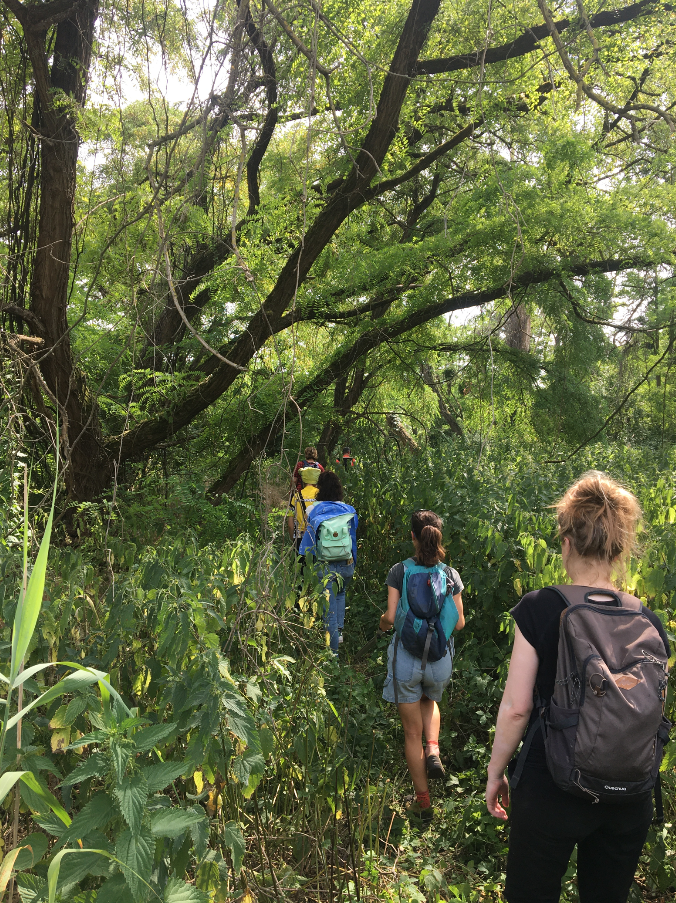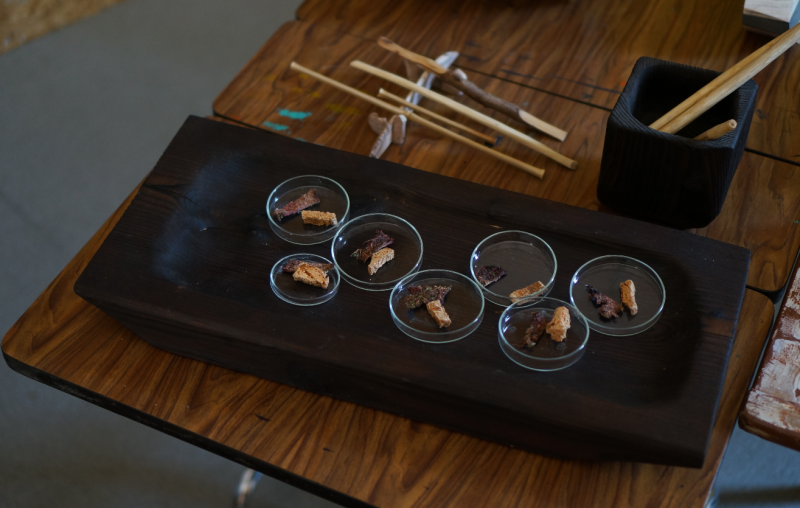Description du projet Hyper-Forêt
Hyper-forest is a field practice, a series of collective walks.
Since 2021, Cécile Tonizzo and Nicolas Couturier have invited artists, researchers, city officials and residents to navigate the wooded wastelands of Strasbourg's Ile aux Épis, to describe and name them, from lexicons to toponymies.
This is the starting point of a dialogue pratice around, on and with the urban tree areas of the Eurometropolis, resulting from meetings with scientists from the Bioveins (study of urban biodiversity in Europe) and Evolville (botanical study urban prairies), with François Chiron and Audrey Muratet.
In 2021, we are preparing walks and routes with children and adults, drawing maps and naming places to help us find our way. Thus, to prepare these assemblies of names, ephemeral groups of descriptions, we found ourselves playing our own game. With the participants new entities appeared, members of the hyper-forest, the Icelandic forest, the F wood, the wood of the winter stands/rocket wood, the wood behind the stadium, the Alacier grove, the starlet wood, the memorial plantation, the Napoleon forest, the small wood, the camouflage wood , the impenetrable forest, the parking lot, the forest of the northern and southern corridor… We taste elderflower fritters, cherry water and lime pickles.
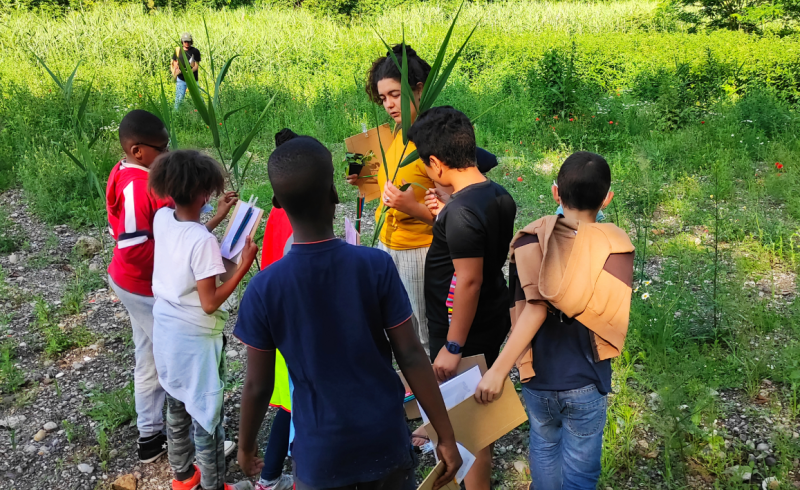
Temps de rencontre avec les roseaux, 2021

Temps de rencontre-description avec une friche arborée en petit bosquet, 2021
In 2022, we continue by tracing a path through the reeds with François Chiron. As night falls, we leave the reed bed to discover the parking lot of a hospital. At daybreak, joined by night owls, we stop to listen to a small bird, a warbler, which itself was listening to us, a few meters from us, invisible.
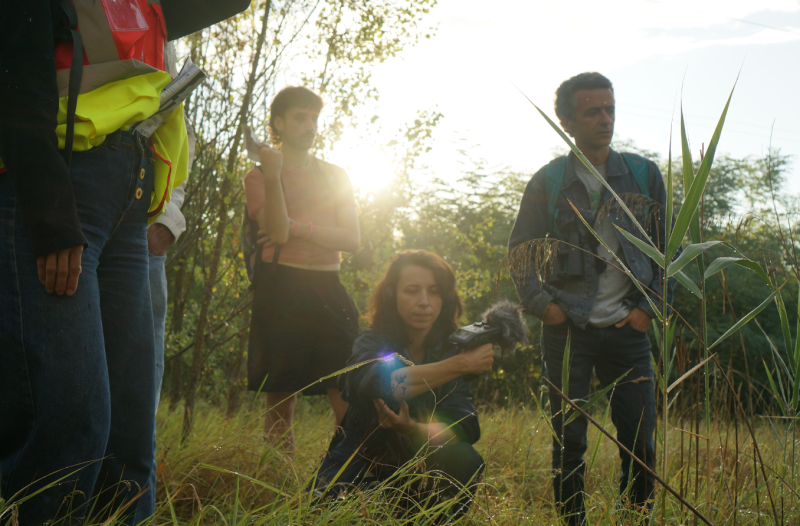
Temps de discussion et enregistrement à l'aube, 2022
In 2023, we are trying to transform the two-hour journey into a day of small expedition. With a dozen participants, we try to go from grove to bush to fallow reed bed to planted path, towards the southern tip of the island. As in previous years, we share food prepared, mainly from the trees and plants of the island. There are nettle ice cubes, nut pastes, elderflower water. Léa Chemarin and Nicolas Parquereau have prepared fabrics dyed from the island's plants.
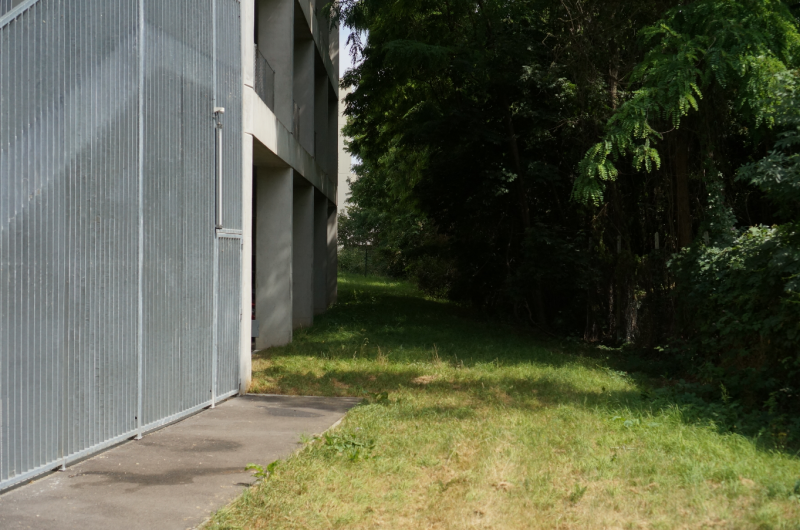
Un écotone entre un parking et une friche, 2023
In 2024, we repeat the study day, attempting to stay rather than browse. How to stay with the sun or the rain, how to settle down and lie down, take care of the place. We will evaluate the hospitality of this wasteland, the shadows present and created, the comforts and discomforts, until nightfall and the presence of mosquitoes. We will discuss from them, what they teach us and make us do.
